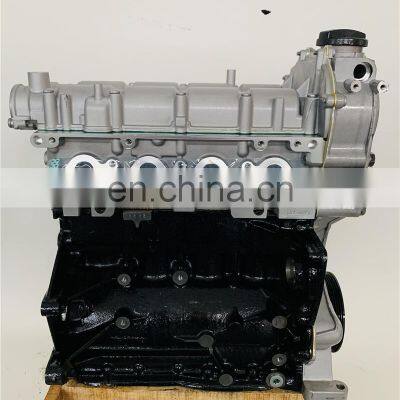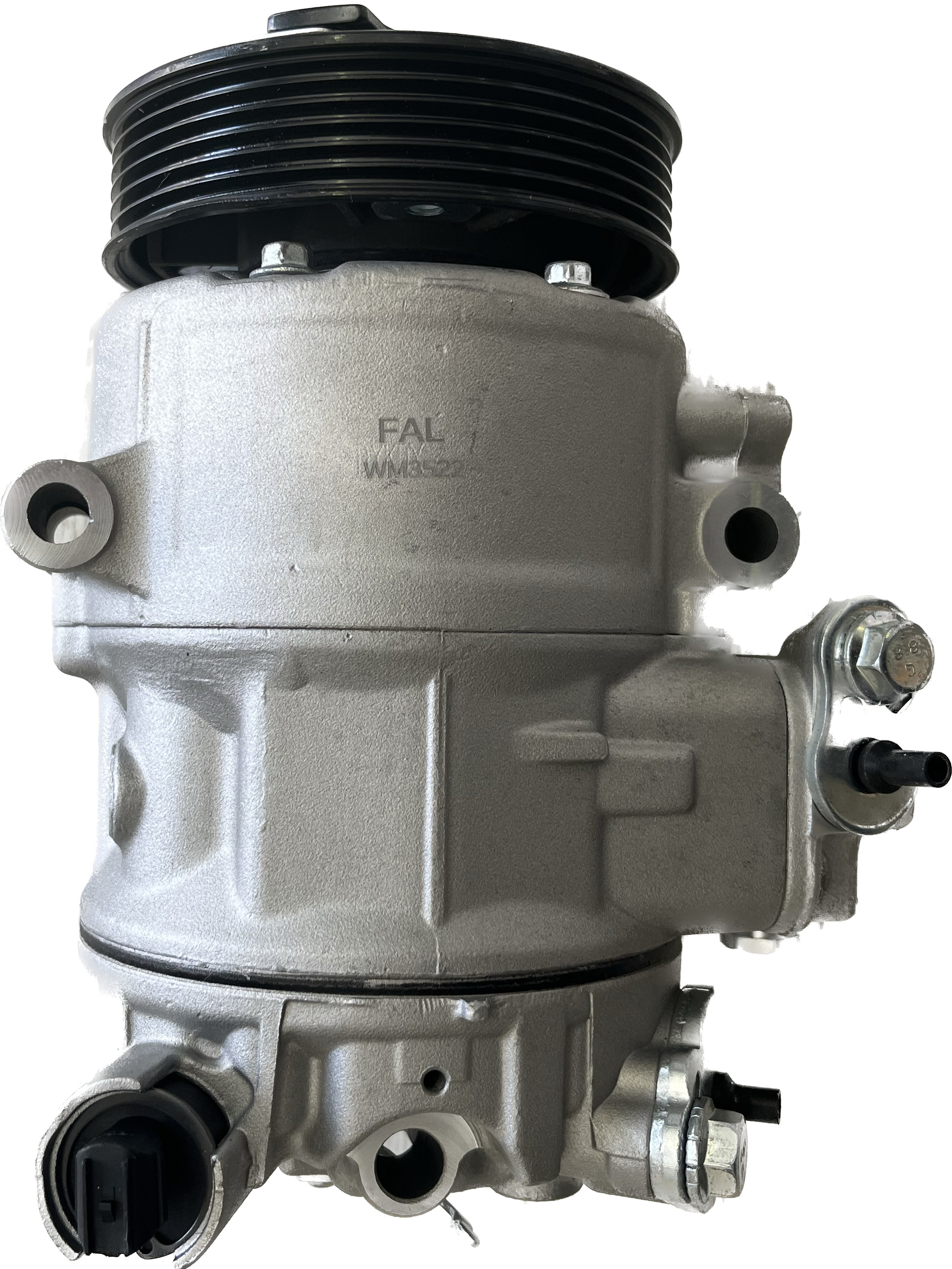Choose a durable clp engine for better efficiency.
Choose a durable clp engine for better efficiency.
Blog Article
Just How a Clp Engine Can Boost Efficiency in Numerous Industries
The arrival of CLP engines marks a considerable change in functional efficiency across different fields, driven by their ability to optimize fuel usage and decrease downtime. As companies increasingly prioritize sustainability together with effectiveness, the duty of CLP engines comes to be also more important.
Review of CLP Engines
CLP engines, or Continual Fluid Propellant engines, stand for a considerable innovation in propulsion innovation, particularly for area applications. These engines use a continuous feed system that permits the continual expulsion of propellant, leading to improved performance and performance contrasted to traditional strong or hybrid propulsion systems. By maintaining a constant circulation of liquid propellant, CLP engines can attain more specific drive control, which is essential for maneuvering spacecraft in numerous objective scenarios.
The design of CLP engines incorporates sophisticated materials and ingenious fuel monitoring systems. clp engine. This leads to reduced weight and boosted reliability, essential aspects for long-duration space goals. The continuous procedure minimizes the danger of combustion instability, a typical challenge in traditional rocket engines.

Advantages in Production
The production of Continual Fluid Propellant (CLP) engines offers numerous remarkable benefits that boost both efficiency and cost-effectiveness. One of the primary benefits is the structured manufacturing procedure, which minimizes the intricacy related to traditional propulsion systems. By utilizing liquid propellant, producers can accomplish higher precision in engine performance, resulting in enhanced energy outcome and decreased waste.
Furthermore, CLP engines help with a higher level of modularity, permitting for much easier assimilation right into numerous production lines. This versatility can substantially decrease lead times and improve overall operational adaptability. Using CLP modern technology also tends to minimize the need for comprehensive maintenance due to less relocating parts, which converts into reduced downtime and functional costs.

Applications in Logistics
Leveraging Constant Liquid Propellant (CLP) engines in logistics supplies significant advantages in operational efficiency and reliability. These engines provide a robust solution for various transport demands, making it possible for the smooth activity of items throughout huge ranges. The intrinsic style of CLP engines permits constant power output, which translates right into smoother and extra foreseeable transportation schedules.
One of the key applications of CLP engines in logistics remains in sturdy freight transport, where they can drive both ground and aerial vehicles. Their capacity to preserve high performance under varying load problems ensures that distribution timelines are fulfilled, consequently improving customer complete satisfaction. Furthermore, CLP engines can be integrated into automated logistics systems, helping with real-time tracking and optimizing route preparation.
In addition, the durability of CLP engines lowers upkeep downtime, permitting logistics firms to optimize their operational capabilities. This is especially useful in warehousing operations, where efficiency in handling and transporting items is critical. As logistics continues to evolve, the integration of CLP engines stands for a forward-thinking technique that not just boosts performance but additionally sustains the industry's expanding needs for integrity and speed.
Effect On Power Effectiveness
How do Continual Liquid Propellant (CLP) engines boost power effectiveness in transport? CLP engines use a consistent circulation of fluid fuel, maximizing burning processes and maintaining a secure thrust outcome. This design lessens energy losses connected with typical burning engines, where fuel delivery can differ and lead to inadequacies.
The continuous procedure of CLP engines permits an extra effective thermal cycle, causing higher details impulse contrasted to conventional engines. clp engine. This equates to reduced gas usage for the very same amount of job done, substantially lowering operational prices across numerous transportation sectors, consisting of air travel and maritime sectors
Additionally, the capacity of CLP engines to maintain ideal efficiency under varying tons problems lowers the requirement for constant velocity and deceleration, even more improving gas efficiency. Enhanced power Website performance not just adds to cost savings but additionally results in decrease greenhouse gas emissions, straightening with worldwide sustainability objectives.
Future Trends and Innovations
Arising developments in Constant Fluid Propellant (CLP) engine technology pledge to reinvent the landscape of transport performance and sustainability. As sectors pivot towards greener alternatives, CLP engines stand at the forefront, incorporating cutting-edge materials and style methods that enhance performance while decreasing ecological effect.
One of one of the most appealing patterns is the adoption of crossbreed systems that integrate CLP engines with renewable resource resources. This synergy can maximize fuel consumption and lower discharges, aligning with international sustainability goals. Innovations in computational fluid characteristics (CFD) are helping with the layout of more aerodynamically reliable engines, leading to minimized drag and improved link fuel performance.
Moreover, the development of wise surveillance systems is readied to boost operational performances. These systems take advantage of information analytics and IoT technology to maximize engine performance in real-time, making sure that the engines run within their most Extra resources effective criteria.
As research study proceeds to check out different propellant formulations-- such as biofuels and artificial gas-- the future of CLP engines looks appealing. By harnessing these advancements, industries can not just improve their effectiveness yet also contribute dramatically to a cleaner, much more lasting future in transportation.
Final Thought
In final thought, CLP engines represent a considerable innovation in performance throughout numerous sectors. The assimilation of innovative products and less relocating components decreases upkeep needs, while placement with sustainability objectives settings CLP engines as a critical technology for the future.
Report this page